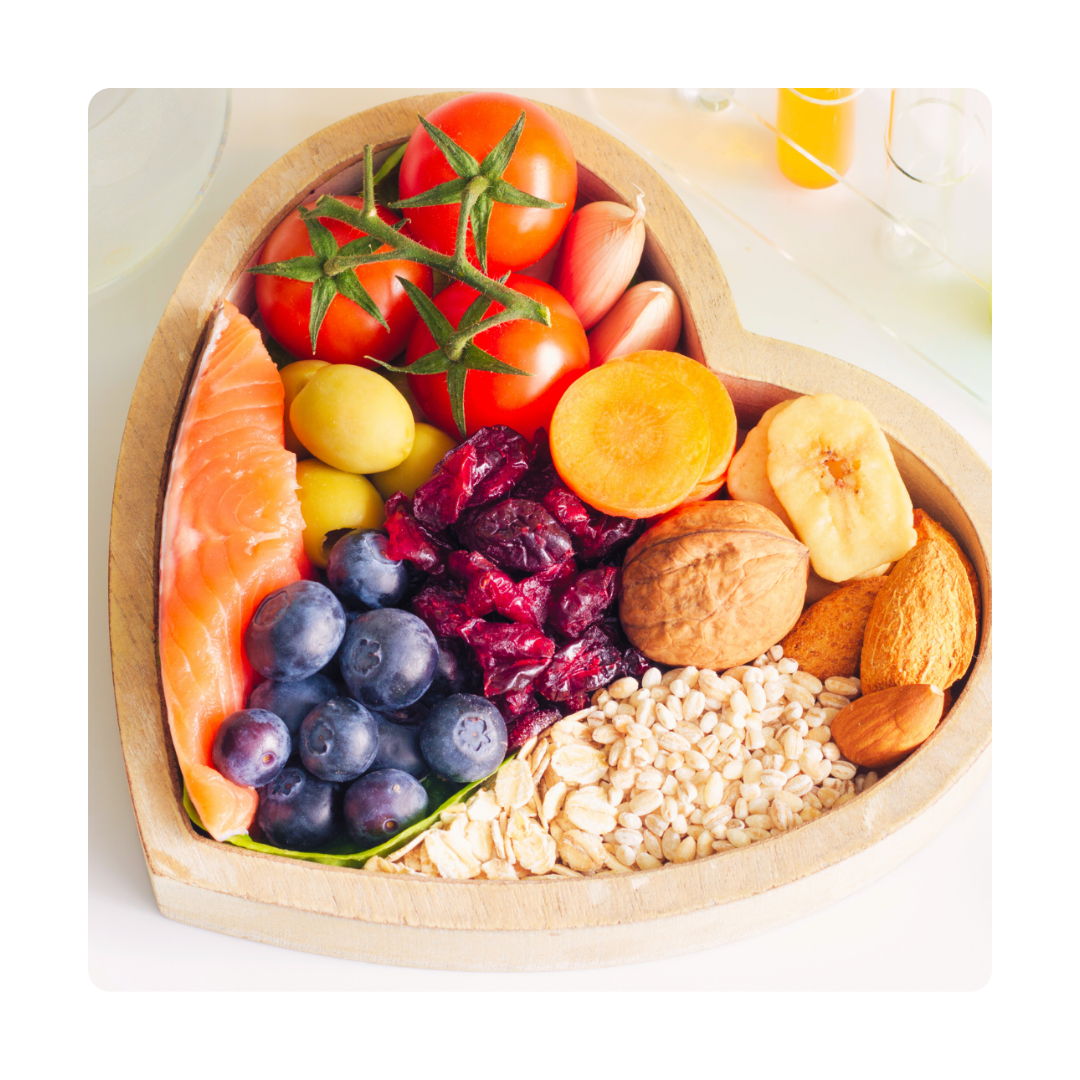 Eating a healthy, balanced diet has a positive impact on managing polycystic kidney disease (PKD) through limiting cyst growth, preserving kidney function, preventing complications such as high blood pressure and high cholesterol, and reducing the risk of other health conditions like diabetes.
Eating a healthy, balanced diet has a positive impact on managing polycystic kidney disease (PKD) through limiting cyst growth, preserving kidney function, preventing complications such as high blood pressure and high cholesterol, and reducing the risk of other health conditions like diabetes.
Regardless of your health status, it is never too early or too late to make nutrition changes. Some of the most important ways that nutrition can help with PKD include:
- Managing blood pressure and protecting the kidneys by reducing sodium intake.
- Achieving or maintaining a healthy weight by increasing fibre and reducing added sugars.
- Decreasing cyst growth by achieving adequate fluid intake.
- Reducing complications like high cholesterol through choosing heart-healthy foods such as plant-based proteins.
Nutrition for PKD is important, and a healthy, balanced diet can have a big impact on health and wellbeing. There are many foods that you can include in your diet to help with this, so let’s look at some foods to include with PKD.
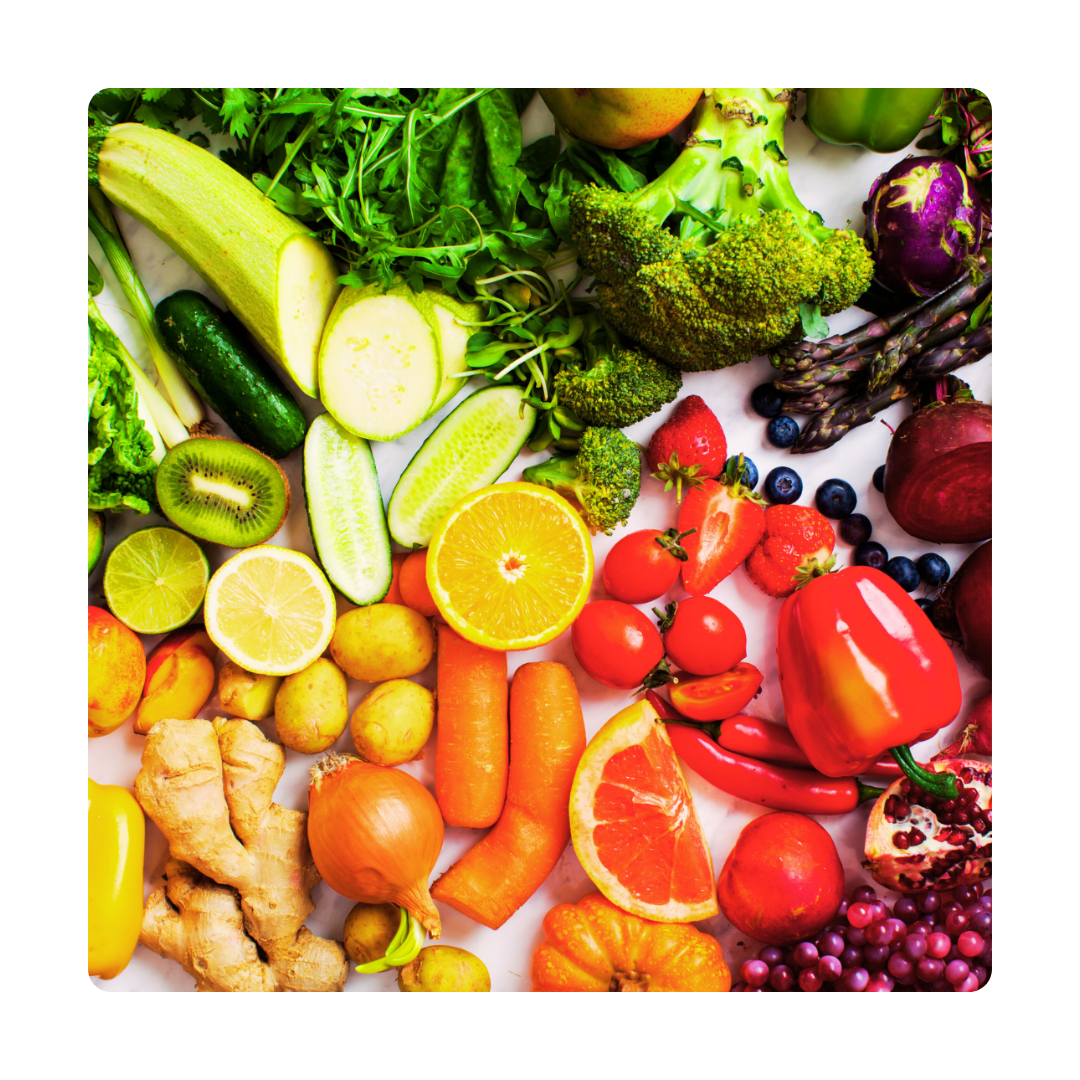
Vegetables and Fruit
Vegetables and fruit provide us with many important nutrients like vitamins and minerals. Including produce in your diet with PKD can help to reduce inflammation, improve urinary pH, increase urine citrate, support a more alkaline diet, and reduce blood pressure.
Each time you eat, aim for half of the meal or snack to be vegetables or fruit. Choosing a variety of colours, like “eating the rainbow” can help to provide you with many different nutrients from the foods you eat.
- The red found in tomatoes contains lycopene, which is an antioxidant and an anti-inflammatory nutrient, as well as a source of folate, potassium, and vitamin C.
- Yellow and orange foods like yellow bell peppers, carrots, or squash are rich in carotenoids, and a source of vitamin A.
- Greens like Bok choy, broccoli, cabbage, and kale are considered cruciferous vegetables that provide us with fibre, iron, and folate.
- Blue and purple fruits such as blueberries and blackberries contain flavonoids, which help to manage blood pressure and heart health.
- White and brown produce like garlic, leeks, potatoes, and mushrooms contain flavones and tannins for anti-inflammatory benefits, as well as magnesium and potassium for blood pressure management.
In addition to providing vitamins, minerals and fibre in your diet, fruit is also a source of natural sugar (as opposed to free or added sugars, which should be limited in the diet with PKD).
Consuming free or added sugar is associated with increased levels of cholesterol, unintended weight gain, and diabetes. Including fruit as a snack, or instead of juice, is a natural way to add sweetness to your day after a meal or in baking, and is a great strategy for PKD.
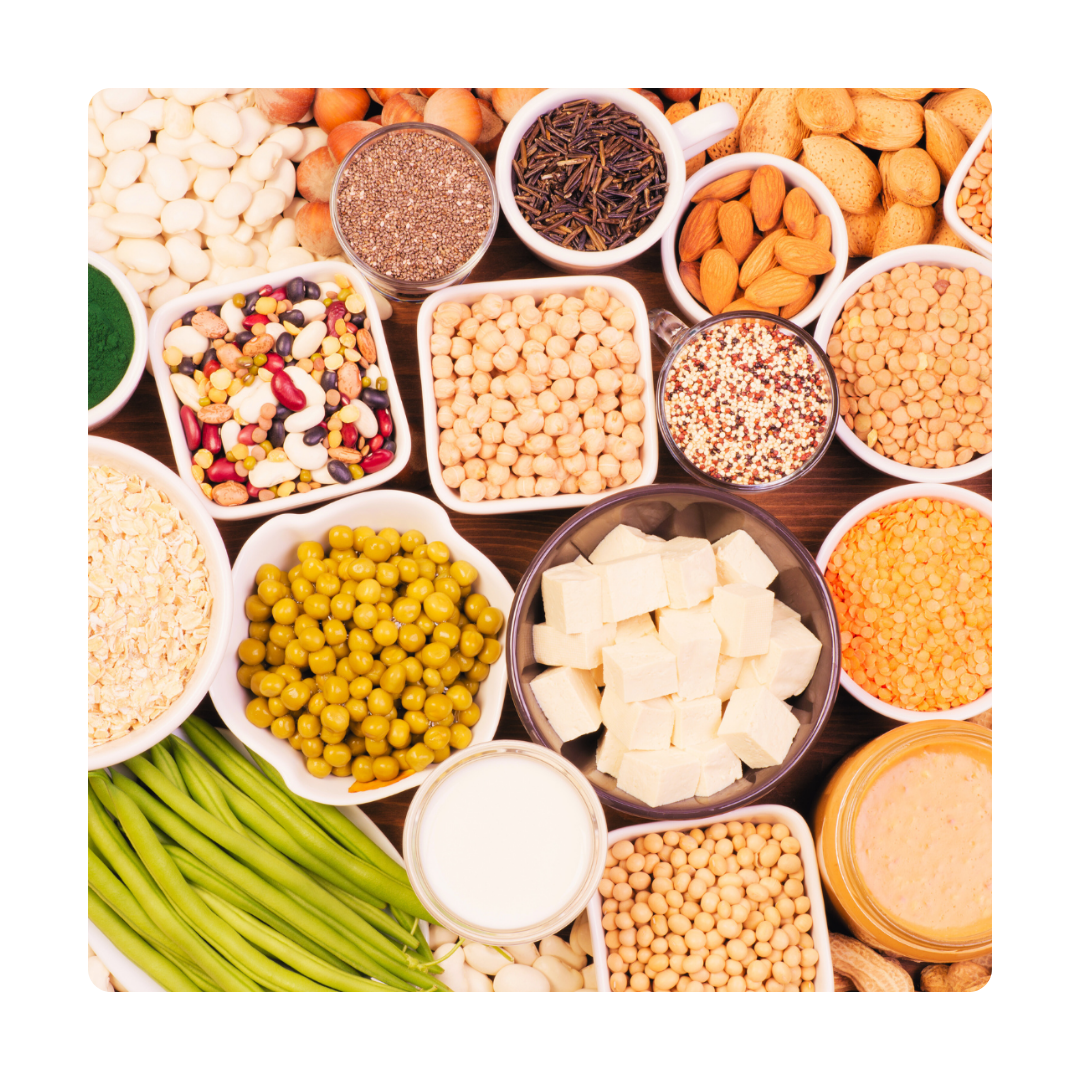
Plant-based proteins
The type of protein you choose with PKD is important. Plant-based proteins like nuts, seeds, legumes, beans and pulses have a lower acid load, are easier for the kidneys to filter, and can help to preserve kidney function, compared to animal proteins.
Dried or canned (“no added salt”) beans and pulses are a great addition to any meal. Try adding chickpeas or lentils instead of ground meat to your tomato pasta sauce, or make a mashed chickpea salad sandwich. For snacks, try a trail mix with pecans, pistachios, and pumpkin seeds for a mid-day pick-me-up.
Whole grains
Currently, there is limited research to suggest that one should avoid all carbohydrates with PKD. What may be more sustainable is to choose carbohydrate foods that have a health benefit, and to be aware of portion sizes when consuming them.
example, whole grains like brown rice, barley, and whole-grain pasta are rich in fibre and other nutrients that can help support kidney and blood pressure health, and they are also part of the Mediterranean diet.
Whole grains have so many health benefits, including managing constipation, blood sugar, and cholesterol. These foods can be included with PKD. It’s important to consider their portion size on your plate, however: remember to aim for a quarter of your plate (or less) of whole-grain foods.
How to Include the Top Foods for Polycystic Kidney Disease
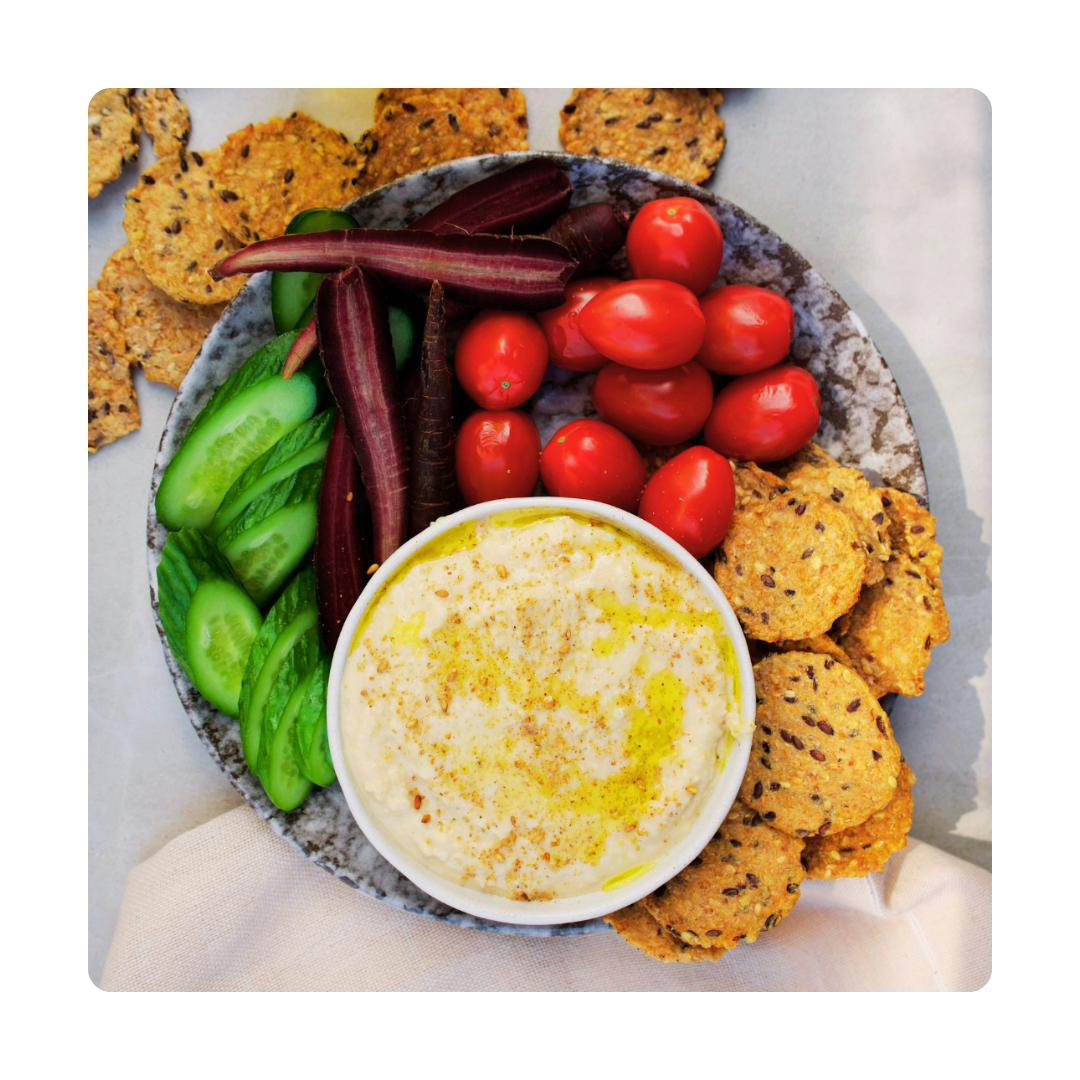 Nutrition does not need to be complicated; use these tips and tricks to help include these top foods in your diet.
Nutrition does not need to be complicated; use these tips and tricks to help include these top foods in your diet.
- Add a piece of fruit, like an apple or clementine, for something sweet after a meal.
- Include a veggie tray with dip or hummus at lunch or dinner to increase your vegetable intake.
- Stock your office with snacks like fruit cups (in water), unsweetened apple sauce, popcorn, or unsalted nuts and seeds.
- Aim for 1 meatless meal per week – for example, using beans instead of ground beef in tacos.
- Swap in whole grains, like oatmeal for breakfast, or whole-grain pasta for dinner.
- Snack on chia seed pudding (check out the recipe below) instead of other sugar-sweetened snacks.
Reading food labels can help you find snacks to include in your diet. When choosing snacks, look at the food label and:
- Aim for 5% daily value or less for sodium.
- No phosphorus additives in the ingredient list.
- A source of fibre.
If you have questions about how to include more foods in your diet with PKD, dietitians are a great source of information. Dietitians can help you take all this information and put together a sustainable plan for eating that meets your needs, now and in the future.
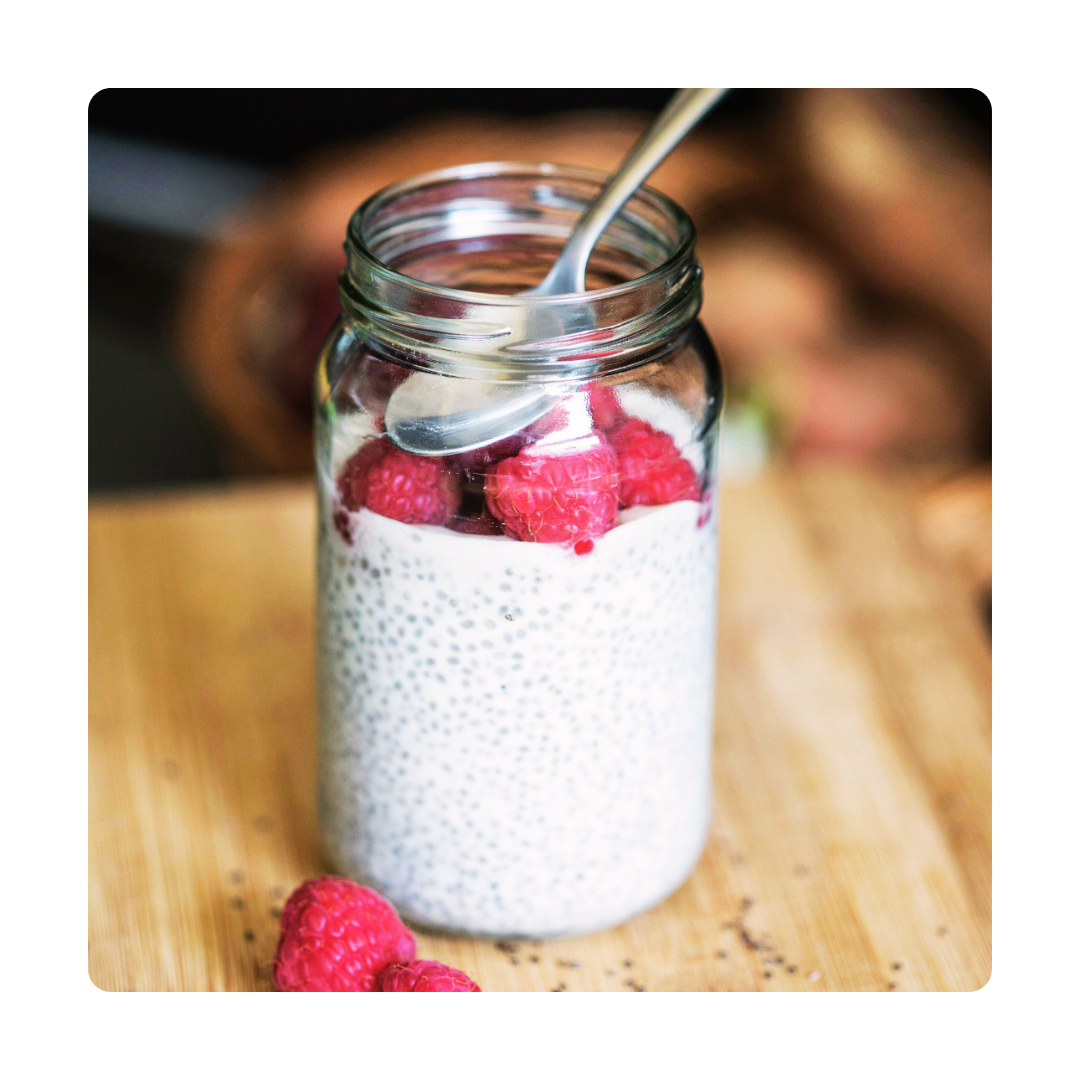 Chia seed pudding is a great option for breakfast or as a sweet snack, because it can be customized to your tastebuds. Chia seed pudding can be made in advance and can be stored in an airtight container in the fridge for up to 5 days.
Chia seed pudding is a great option for breakfast or as a sweet snack, because it can be customized to your tastebuds. Chia seed pudding can be made in advance and can be stored in an airtight container in the fridge for up to 5 days.
Chia seeds contain several essential nutrients such as calcium, manganese, magnesium, selenium, copper, iron, and phosphorus.
Chia seeds are also an amazing source of alpha-linoleic acid (ALA), an essential fatty acid like omega-3, which is known to reduce heart disease and inflammation.
Makes 1 Serving
Ingredients
- 3 tbsp chia seeds
- 1 tsp vanilla extract
- 1/2 tsp cinnamon
- 3/4 cup low-fat milk
- 1/2 cup strawberries
- 2 tbsp unsalted pecans, chopped
Instructions
- In a small bowl, mix chia seeds, vanilla, cinnamon, and milk together. Leave on the counter for 15 minutes.
- Top with berries and pecans and stir to enjoy.
Nutrition information: 393 calories, 13 g protein, 36 g carbohydrates, 15 g fibre, 23 g fat, 4.3 g saturated fat, 93 mg sodium.
About the author: Emily Campbell, RD CDE MScFN is a Registered Dietitian and Certified Diabetes Educator with a Master’s Degree in Foods and Nutrition. Emily specializes in nutrition to help those with kidney disease overcome the confusing world of nutrition to promote health. Emily and her team of dietitians can be found at kidneynutrition.ca.
- The Renal Warrior Project. Join Now
- Source: http://www.endpkd.ca/top_foods_for_pkd
- SEO Powered Content & PR Distribution. Get Amplified Today.
- PlatoData.Network Vertical Generative Ai. Empower Yourself. Access Here.
- PlatoAiStream. Web3 Intelligence. Knowledge Amplified. Access Here.
- PlatoESG. Carbon, CleanTech, Energy, Environment, Solar, Waste Management. Access Here.
- PlatoHealth. Biotech and Clinical Trials Intelligence. Access Here.
- Source: https://renal.platohealth.ai/kidney-nutrition-top-foods-for-pkd/
